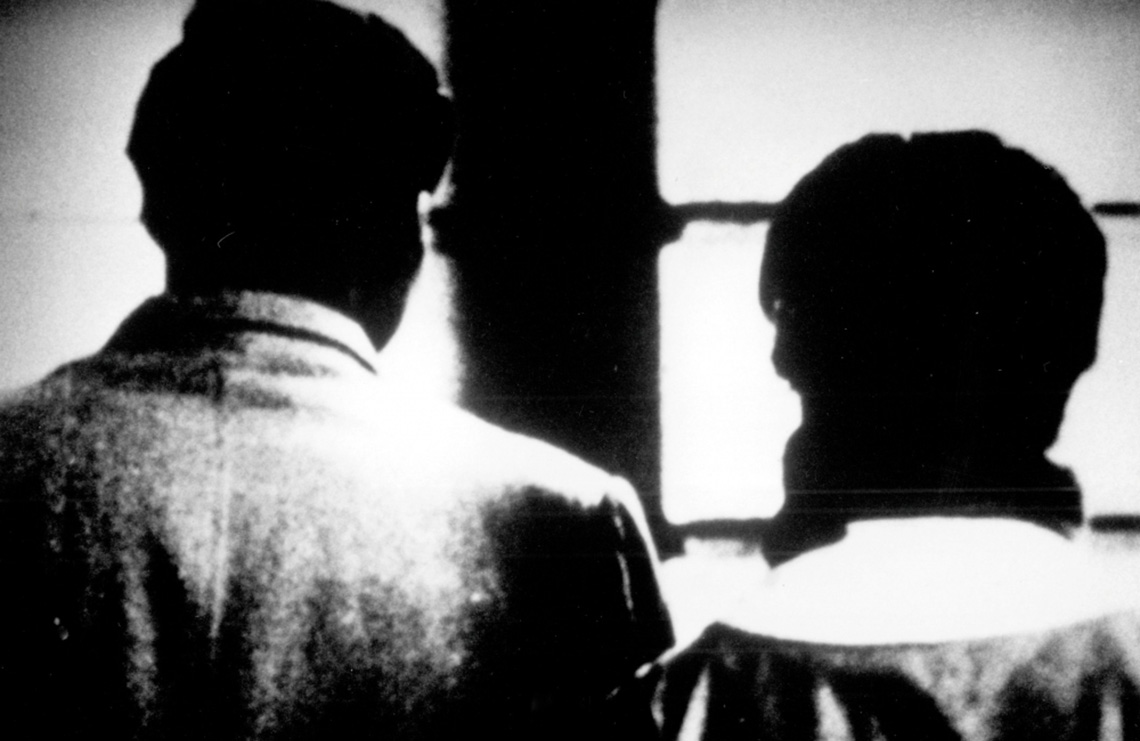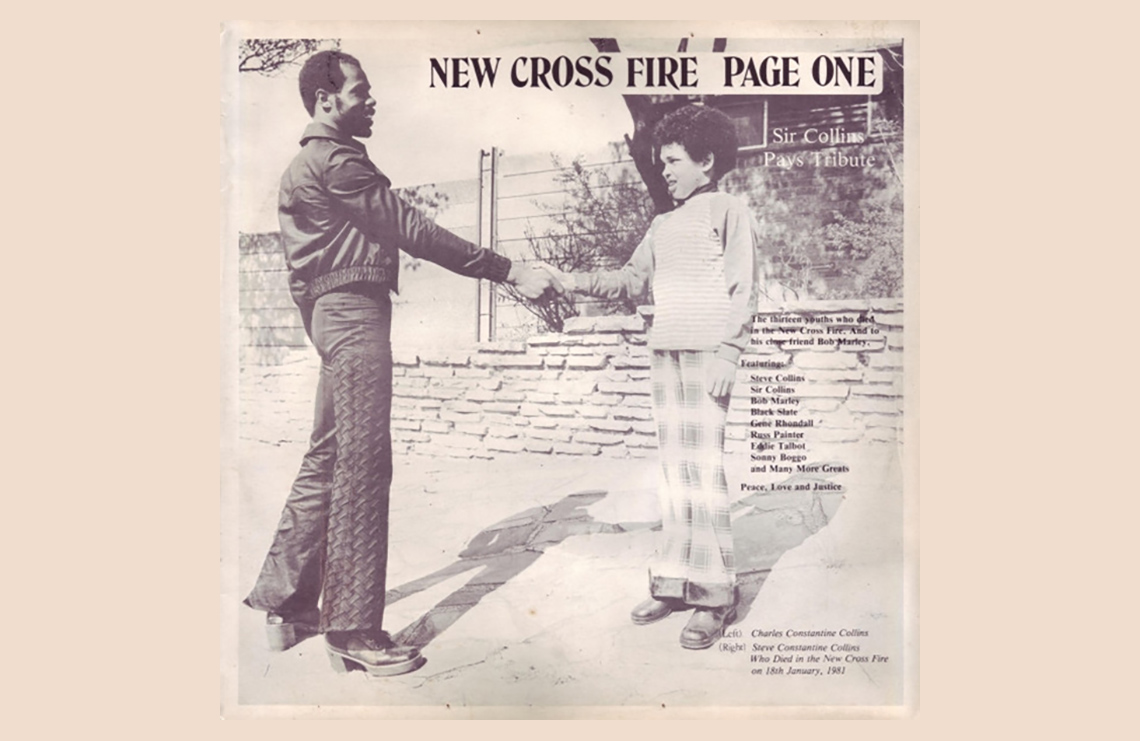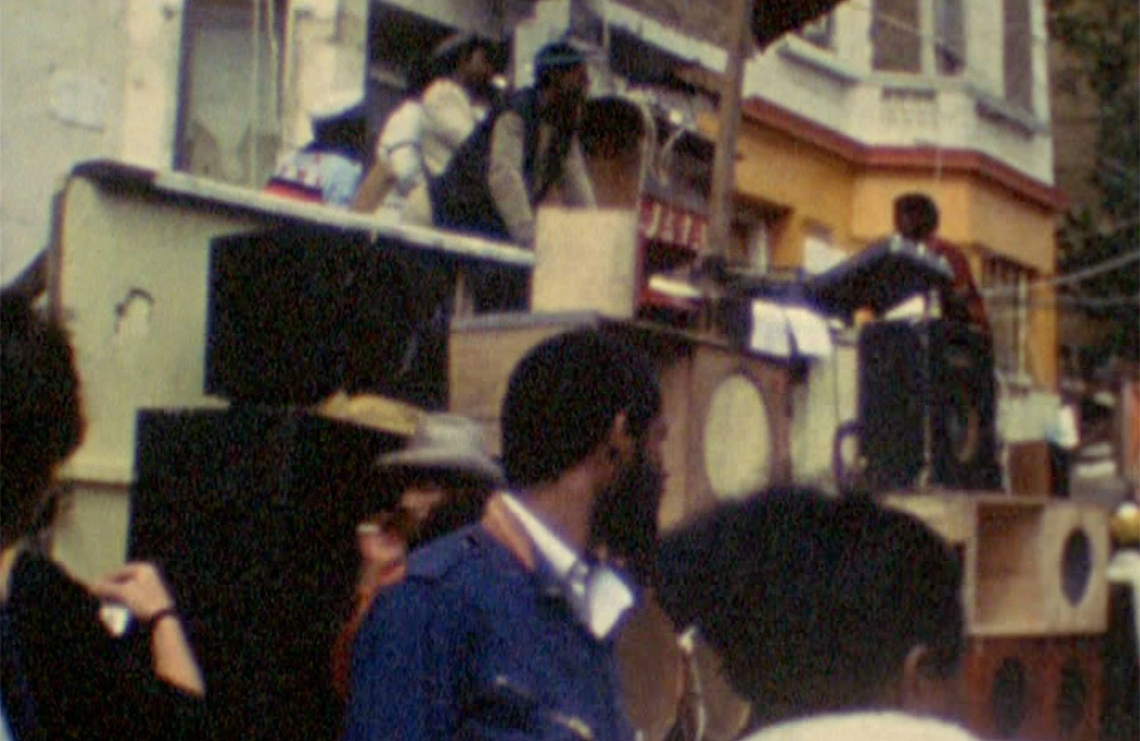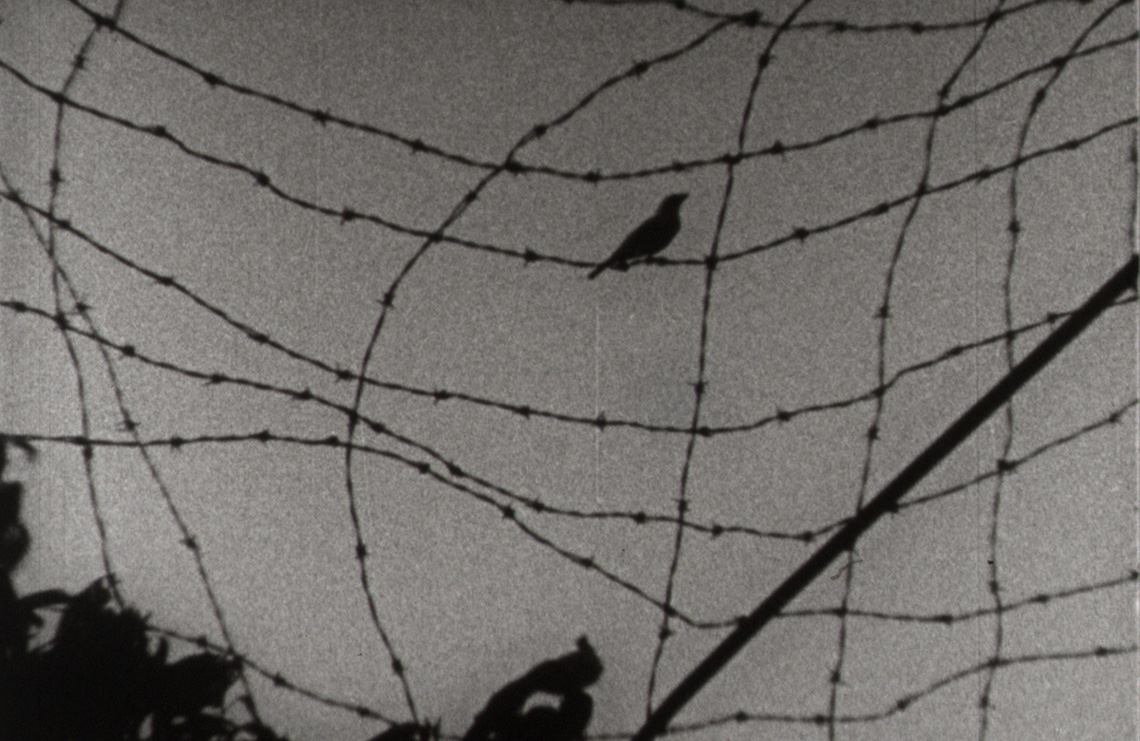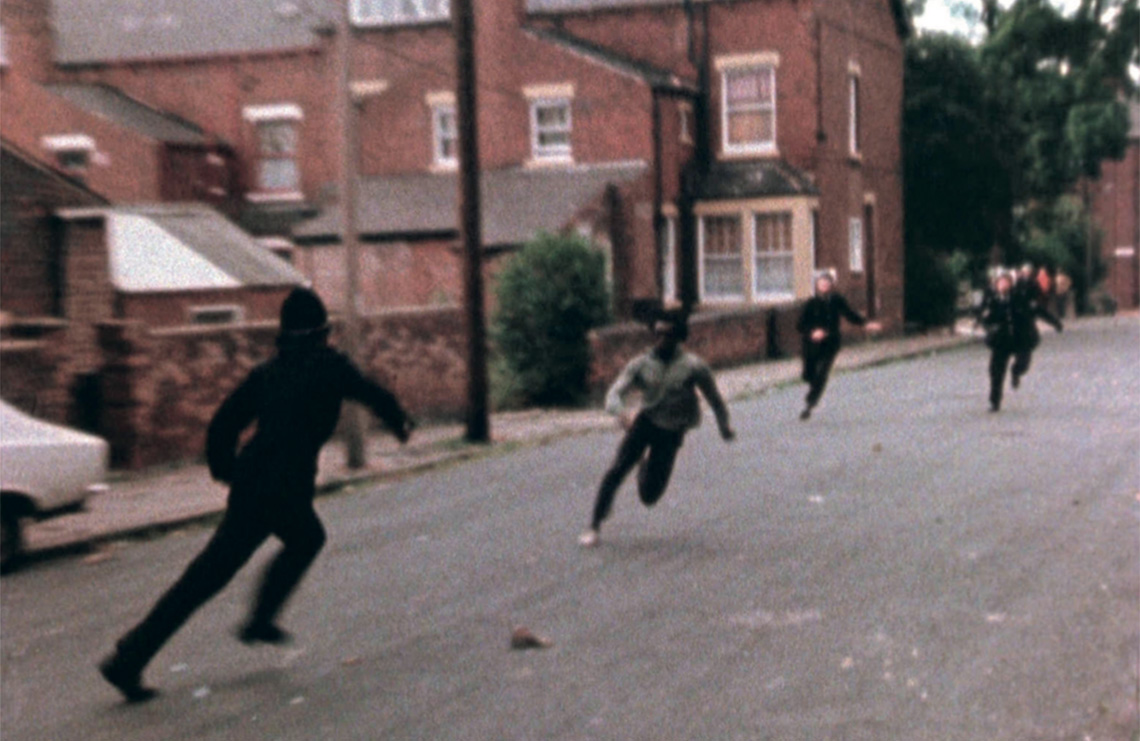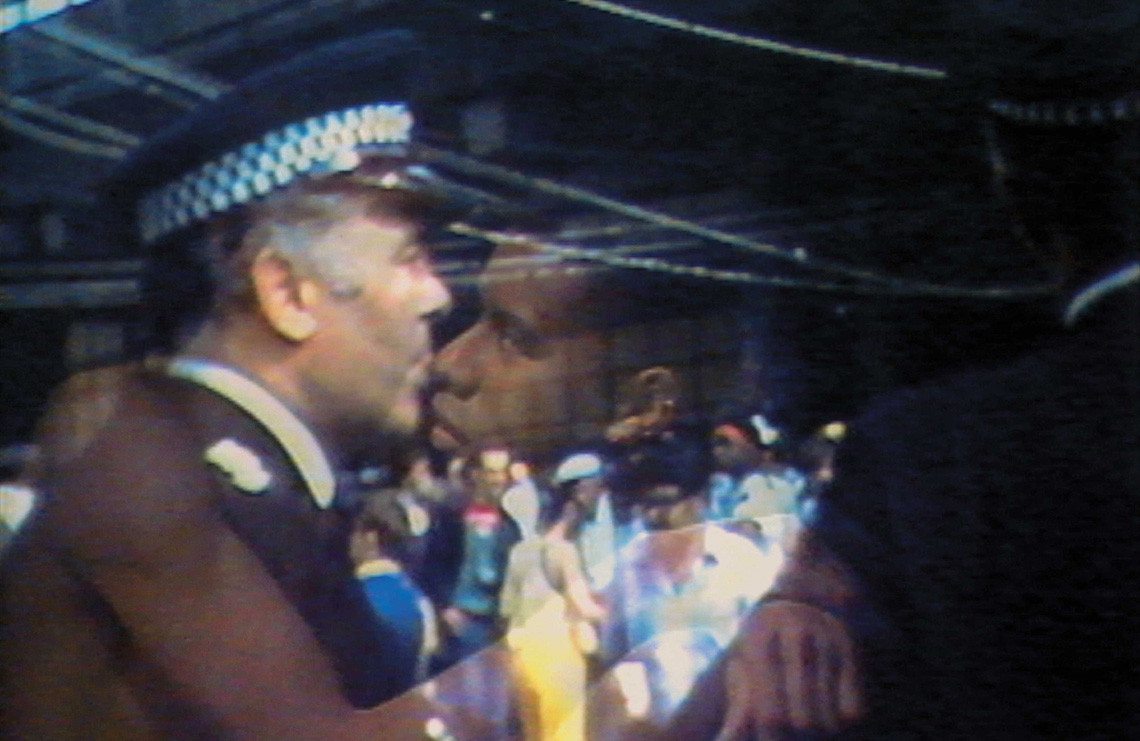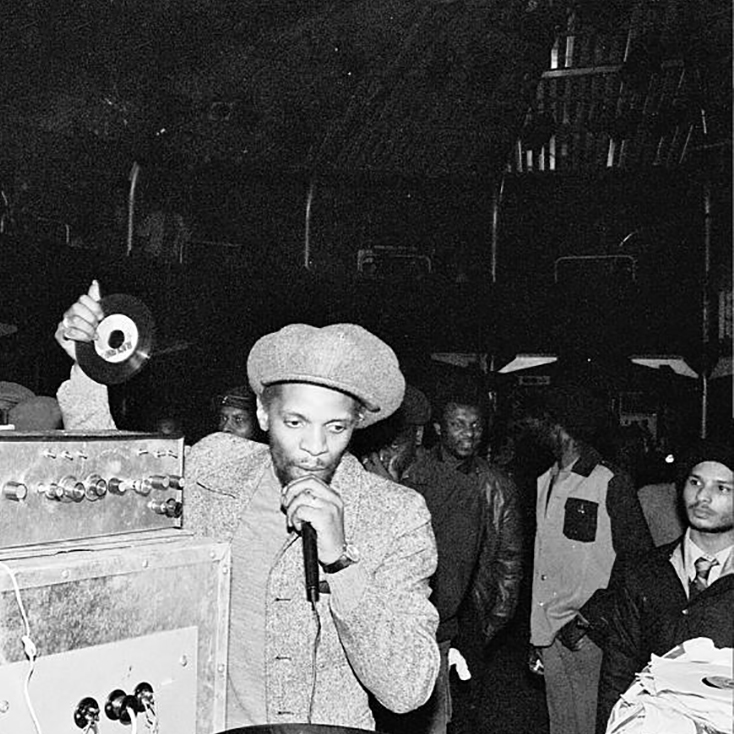Thinking with Dub Cinema
How to think dub cinema? How to think dub in, or as, or with, cinema? How, and in what ways, to think cinema by way of dub? How, and in which ways, does dub, understood not as a genre but, instead, as a sonic process that undoes the body of song, unmake the temporal structures of film?
In which ways does film invite thought that registers some of the ways in which dub, understood not only as sonic process but as cinesonic process, dramatises the unbelonging of black film to, or for, the institutions of the aesthetic, the ancestral, the archival, the auteurist, the authentic, the avant-garde, the bodily, the communitarian, the formal, the gendered, the generic, the historical, the militant, the narrative, the nation, the oral, the poetic, the political, the popular, the racial, the resistant, the struggle, the sexual or the traditional called upon by thought to organise the coherence of cinema?
Think of Thinking with Dub Cinema as two days of study, a film programme and a dub session devoted to questioning these questions. An invitation to study that dedicates itself to a practice of listening to cinema enabled by watching Handsworth Songs (Black Audio Film Collective, 1986).
Across study sessions led by Kodwo Eshun, Louis Henderson and Lynnée Denise, Thinking with Dub Cinema departs from an invitation to thought that attends to Handsworth Songs. Each session invites attendees to attune practices of watching, reading and listening towards developing a dub methodology for the imagination of auditory blackness, black audition, collective audition and filmic collectivity announced by Handsworth Songs.
Think of Thinking with Dub Cinema as a convening around an idea of dub cinema proposed, initially, by Greg Tate in 1988 and, subsequently, by Okwui Enwezor in 2007. In ‘Never Mind the Sex Pistols, Here Comes Sankofa’ published in The Village Voice on 30th August 1988, Tate wrote that:
“Black Audio Film’s Handsworth Songs is dub cinema — dub, for the uninitiated, being that form of reggae where the lead vocal track is removed, and the foreground space filled with regenerated and decaying sounds bent on invoking a mythic African past and future. Ostensibly a documentary, its free-floating and spectral treatment of historical footage testifies to the mystique of the black British citizen while critiquing the commercialization of the black image. Handsworth Songs is a compressed chorus of black British voices, whose foregrounding puts white media and the police in the position of being Other.”
In ‘Coalition Building: Black Audio Film Collective and Transnational Post-colonialism’ published in The Ghosts of Songs: The Film Art of the Black Audio Film Collective edited by Kodwo Eshun and Anjalika Sagar in 2007, Enwezor argued that:
“Though ostensibly addressing the issues of policing, Handsworth Songs reflects more profoundly the agency of the oppressed; it narrates their stories, not purely from the point of view of the event from which it derives its name, but equally through an archaeology of the visual archive of minoritarian dwelling in Britain. As is often the case in Black Audio Film Collective’s work, the ghosts of those stories inform the notion of a historically inflected dub cinema whose spatial, temporal and psychic dynamics relays the scattered trajectories of immigrant communities.”
Think of Thinking with Dub Cinema as an invitation to hear the ‘free-floating and spectral treatment of historical footage’ proposed by Tate and the ‘notion of a historically inflected dub cinema’ advanced by Enwezor as suggestions or, better still, as suggestures, to use Ian Penman’s term, for imagining a cine-poesis of the echo and a cine-practice of the version.
To hear Handsworth Songs as dub cinema is to elaborate upon the ways in which Handsworth Songs practices its versioning of cinema and its cinema of the version. To hear Handsworth Songs in and as a cine-mix is to attend to the ways in which Handsworth Songs versions film. To hear dub cinema in Handsworth Songs is to listen for the latent dimensions of the retroactive and the proleptic that become available for thought in the sounds and the images deployed by Handsworth Songs.
To hear Handsworth Songs from the place of the queer epistemology of Isaac Julien’s Territories, the television ballad of Philip Donnellan’s The Colony, the negrophobic Pathé newsreel of Our Jamaican Problem and the funerary poetics of Sir Collins & The Versatiles is to orient thought towards the ways in which Handsworth Songs summons archives for the sake and the stake of struggles that threaten the futures of the memories of black lives and deaths.
Think of Thinking with Dub Cinema as an invitation to elucidate the ways in which Handsworth Songs announces a cinema of unbelonging and unsettlement. An invitation to expound, expand and explicate some of the ways in which cinema dramatises its dub acoustemologies, its dub adjacencies, its dub affinities, its dub cosmologies, its dub economies, its dub epistemologies, its dub morphologies, its dub ontologies, its dub poiesis, its dub psyches.
Curated by Kodwo Eshun and Louis Henderson
In the context of the research project Echoes of Dissent (KASK & Conservatory / School of Arts Gent)
With the support of the Committee for Contemporary Art, KU Leuven and LUCA School of Arts, Film Department campus Brussels
In collaboration with Auguste Orts and argos
